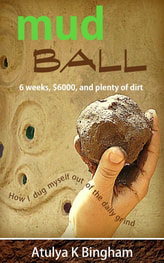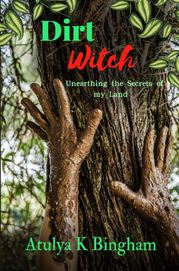|
I’ve been waiting for a building permit for almost a year now. The speed of the bureaucracy stuns even me. I’m not an especially stoic individual but when it comes to paperwork, years of facing off mindless pencil pushers have hardened me into a mud diamond of obstinacy. Nonetheless, the sheer dogged incompetence of the system makes me blink. But let me not rant. There’s so much of that going on. Let me take you to another place, beyond ideological pugilism. Because whatever the reason, waiting is perhaps one of the most underrated pastimes we humans undertake. Each moment so full it holds worlds within it. Each drop of life so delicious, so unique, so vital. When minutes expand into days, suns set beneath a gaze, and stars blink one-by-one into being. So I’ve been waiting. And when the irritation creeps in, I take a short walk down to the rocky side of my land, where the ash tree feels the sky and glowing hunks of limestone gather. As I sit there – leaves rustling overhead, insects whirring in the grass – I feel my impatient mind soften. Slowly that Other World stretches out of the dirt. The spirits of the land waft out from the crevices, and something somewhere begins to sing. Waiting. For a permit. So while I sit here twiddling my thumbs, let me give you a quick tour of the very structure the permit is for. It’s an old Asturian barn, and its stone walls are fat and undulating, well-sunken by now into the mountainside they were dug from, as squat and affable as gnomes. The roof literally hangs on by a thread. A wire is tethered to the main beam, and wrapped around another ash tree to prevent the thing from sliding off! The roof is covered in a flaky skin of tiles, all warped and mottled by the weather, and held in place by rocks. It is, for all intents and purposes, a death trap. Yet having seen a fair few of these ancient stone cabañas by now, I know it will sit there for a good year or two more. The thing is welded together by habit. It’s a stony dragon with terracotta scales, clinging to life and form as anything else does. Is it waiting for the permit too? Waiting. Waiting. From autumn to winter, when the winds howled through it. And from winter to spring, when the rains pummeled it. A wren family and a finch family moved in, nesting in the dusty old eaves. Lizards and mice have roamed aplenty too. Other mammals wander in and out, some clearly quite large, judging by the poop parcels they leave. My wait is their opportunity. More things happen while I tarry. Bathrooms complete. Bedrooms turn cosier and prettier. Kitchens become fully functioning. And imaginations find the time and place to plant seeds. I have sat in that old barn a hundred times or more now, ideas popping open like boxes of treasure. Secret staircases, curvy cob walls, glass partitions, skylights, and split levels all wander in and out of the lobby of my mind until they eventually find their place in the barn and settle. Colours and textures wash the walls. Glass, clay, wood, and stone take their seats. My mind’s eye twitches. My heart flutters. It may take two years. It may take more. Who cares? I’m already living it. But that’s not all that happens while I bide the passing of the months. Other beings walk in and out as the land herself has her say. You see, my cabañas were built from the very limestone I’m standing on. They are as much a part of the terrain as the ash tree. And those rocks grow louder now, despite the efforts of the ever-growing pasture to drown them out. Limestone is one of the most plentiful rock types on the planet (which is one reason why working with lime itself is so sustainable). It’s a beautiful rock form blessed with many interesting properties, also called “poor man’s marble.” The word limelight comes from old stage lighting which used cylinders of lime, because this rock is almost luminous. When dusk falls, limestone begins to glow a curious iridescent white. It is at this time each evening I circle the land and listen. The Old Celtic Spirits Not many folk know about Asturias. Fewer still are concerned with her spirits. It’s a very different region of Spain, along with her sister Galicia, formerly Celtic. Just as with Ireland and Scotland, mythical beings are embedded in the dirt itself. They wander the forests and bathe in the rivers. The stories and legends are locked in the caves and gullies, where village folk still whisper of fairy goddesses (xana), dragons (cuelebre), and a funny little being called el trasgu. The trasgu is a kind of gremlin. Or is he an imp? Or a leprechaun? He’s a short chap with a red hat and, for some reason, a hole in his left hand. His haunt is human homes, where he’s always looking for fun. The trasgu is a bit of nuisance to be honest. If you’ve ever wondered where all your left socks are going, it’s not in fact because of a wormhole in the back of your washing machine sucking them all to the Delta Quadrant; it’s the trasgu. He’s the one stealing your pens and hair bands too. Your car keys that you know you left on that hook, but have now incomprehensibly vanished? The trasgu. El trasgu is basically harmless, and Asturians are quite fond of him. He’s a pagan symbol of chaos, a reminder that no matter how tightly you plan things, there will be disruptions and delays. His likeable character is a suggestion to make peace with disorder, and see the funny side of our human plans going awry. To take ourselves and our agendas less seriously. So with all this in mind, I begin to wonder about the trasgu of my barn. And I remember how the little stone chicken coop that became my bedroom seemed to talk to me, how it seemed to possess a kind of personality. Collecting my visions and plans from the building, I put them gently back inside me. Then I enter the old barn once more, inhaling the peaty aroma of decades-old sheep manure. My head almost scrapes the original wattle canopy that separates one floor from another. Cobwebs and dust flutter down. “You need to clean the top out first,” the old barn mutters. “Why haven’t you done that? You don’t even know what’s there!” I nod. I’ve heard this before, and done nothing about it, because getting up onto the second floor looks pretty lethal. But can a building really speak? Surely it’s nonsense to suggest a bunch of rocks have some kind of soul. There’s no brain, no cortex, no ability even to control its fate in any way. A barn is a passive thing, not a living being, right? Yet I’m still waiting, aren’t I? Waiting for permission to move in, very obviously not in control either, very clearly as stuck as the stones. Suddenly I sense the fingerwork of el trasgu here, reminding me that this barn has been here far longer than I. It was built by the ancestors of this land, quarried by hand from the rock it sits upon, passed from father to son, father to son, until one day one became a political man of the town with no use for a dilapidated outbuilding on a hill. El trasgu reminds me that the idea that things are ‘objects’ for us to act upon is a modern illness, and that in Gaia’s landscape everything is acting upon everything else, that everything has a personality in its own kind of way, rocks included, and that all strive to maintain their integrity. He reminds me that everything has a history, too. A lineage, and a story. That these myths and legends are absorbed into the very fibres of existence. That there is a mysterious crossover between our imaginations and our dwellings, where nonphysical ideas and entities embed themselves into physical structures, perhaps for centuries or more. I recognise the relationship. I see we are in this together. Me and the barn. So I log it all here in the Earth Whispering blog, and wonder what I’ll think a year from now. Then I shut the laptop lid, and walk down the hill. It’s hot today. Baking. I go to refill the chickens’ water bowl. And then I see it in the grass just by the barn door – a beautiful green-blue snake. It takes one look at me and wriggles off straight into the barn, hiding in the darkness and the stones. I chuckle, because I realise I heard correctly. El trasgu is definitely here. Do you enjoy these posts?
Like most authors, I don’t earn enough from my books to sustain me, or even this website! These writings come to you thanks to the generous support of everyone on Patreon, without whom I would have no time or funds to keep the free material on The Mud Home coming. Have a closer look inside my world: If you enjoy my writing and would like to express that you want it to continue, please consider contributing. For the price of a newspaper, all mud patrons can watch my private land report videos, ask more questions, and get the inside story on my off-grid mud and stone project in Spain.
2 Comments
I was wondering why you've applied for a building permit, being remote like you are. Seems to me the authorities are just going to be a thorn in your side, if and when they approve your permit request, El trasgu at his worst, as I see it, having been involved with simple permitted construction myself. Their requirement to meet their guidelines tends to be considerable overkill, on the context of protecting, them, your neighbors and you from yourself. Oh and lest I forget there's also the nice fees to be collected as well, and don't forget about all the interim inspection points to insure compliance. Tiz an ugly process to say the least, best to be avoided if possible.
Reply
Atulya
2/8/2020 11:21:25 pm
True enough Mike! I thought I'd change the habit of a lifetime, but hey at this rate I may change back:))
Reply
Leave a Reply. |
Atulya K Bingham
Author, Lone Off-Gridder, and Natural Builder. Dirt Witch
"Reality meets fantasy, myth, dirt and poetry. I'm hooked!" Jodie Harburt, Multitude of Ones.
Archives
November 2022
Categories
All
|

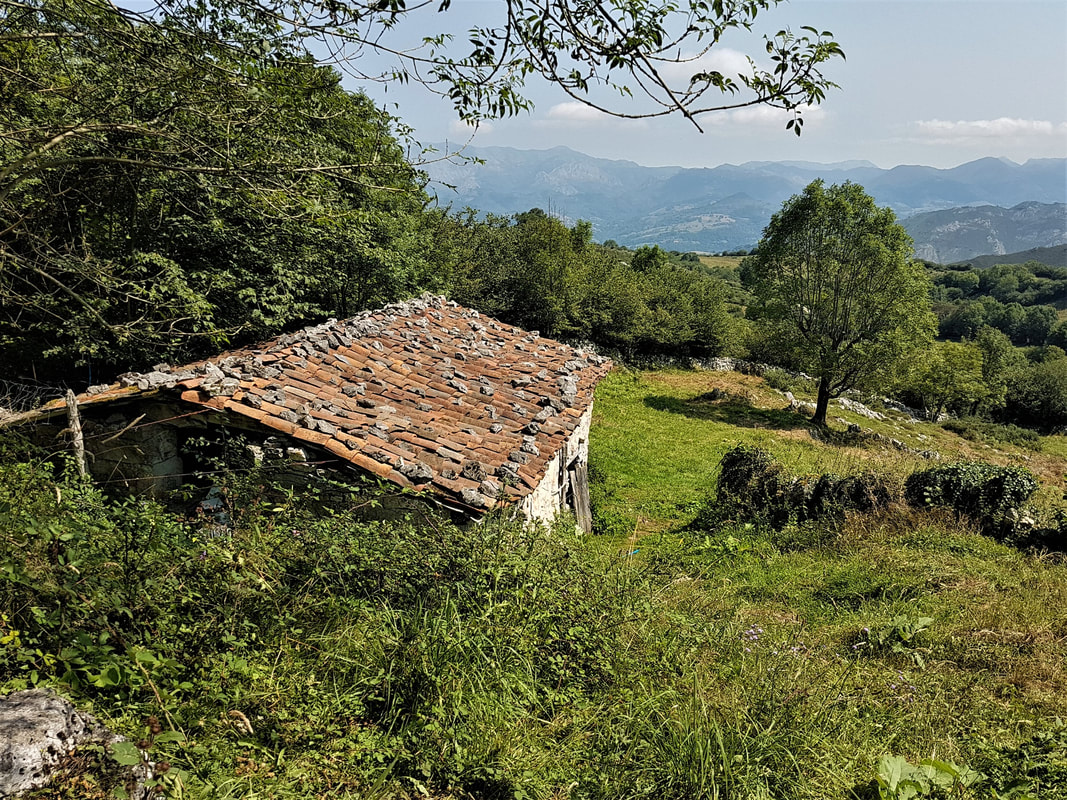
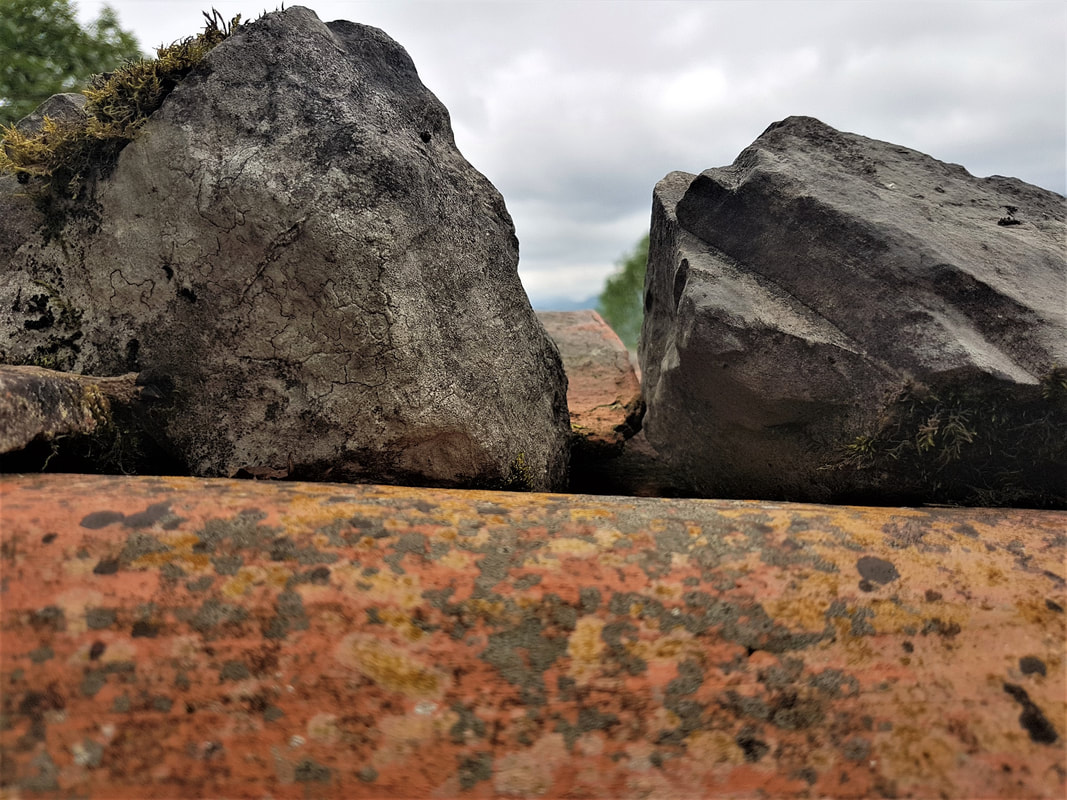
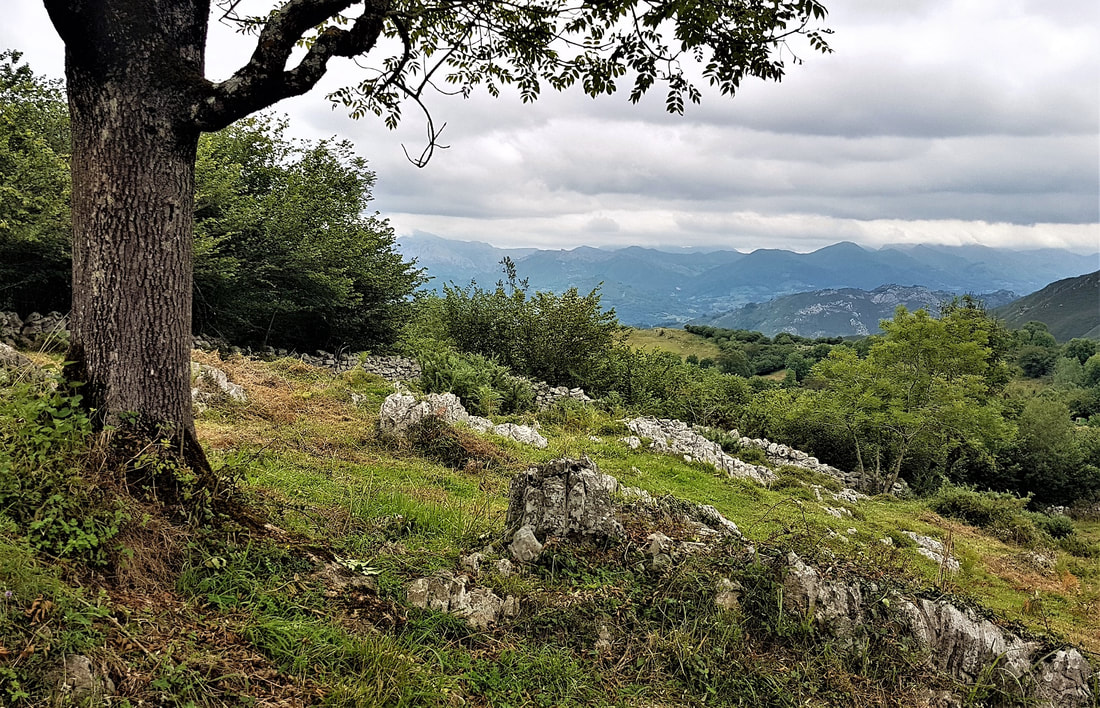
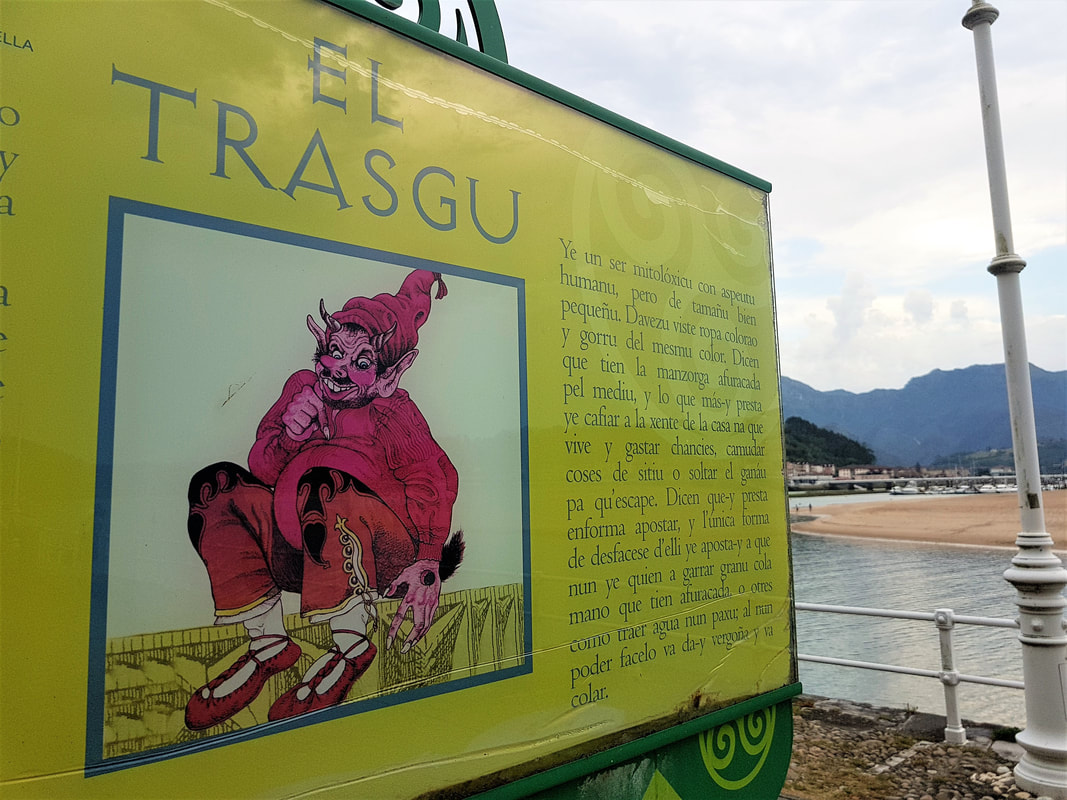
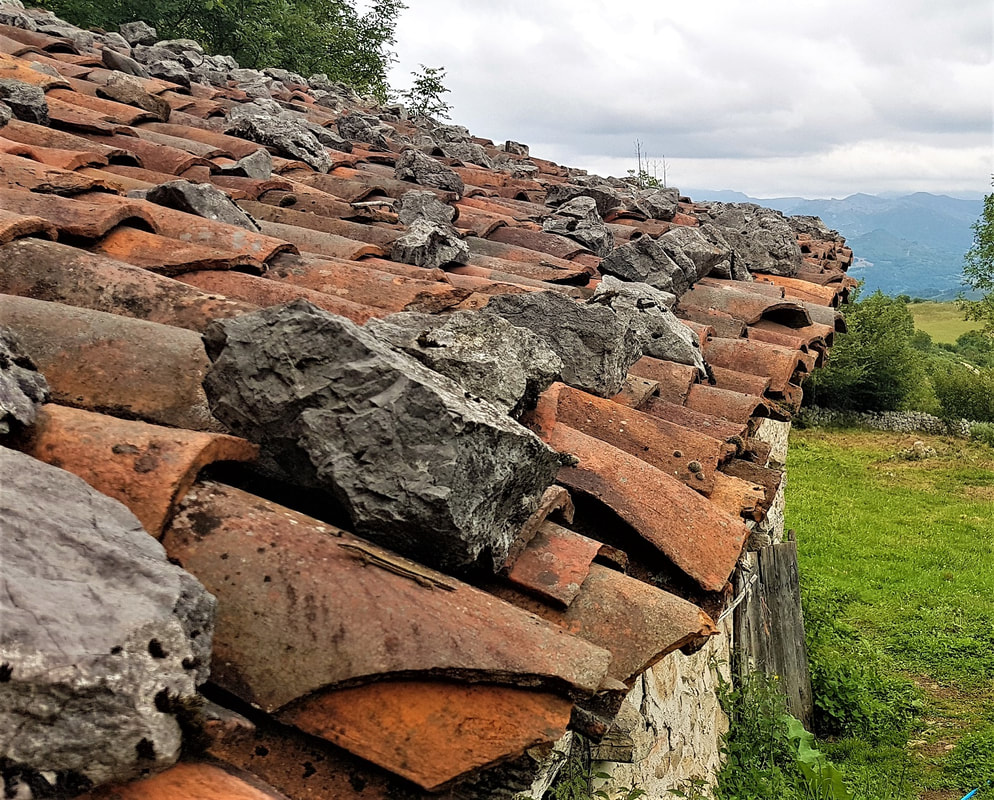
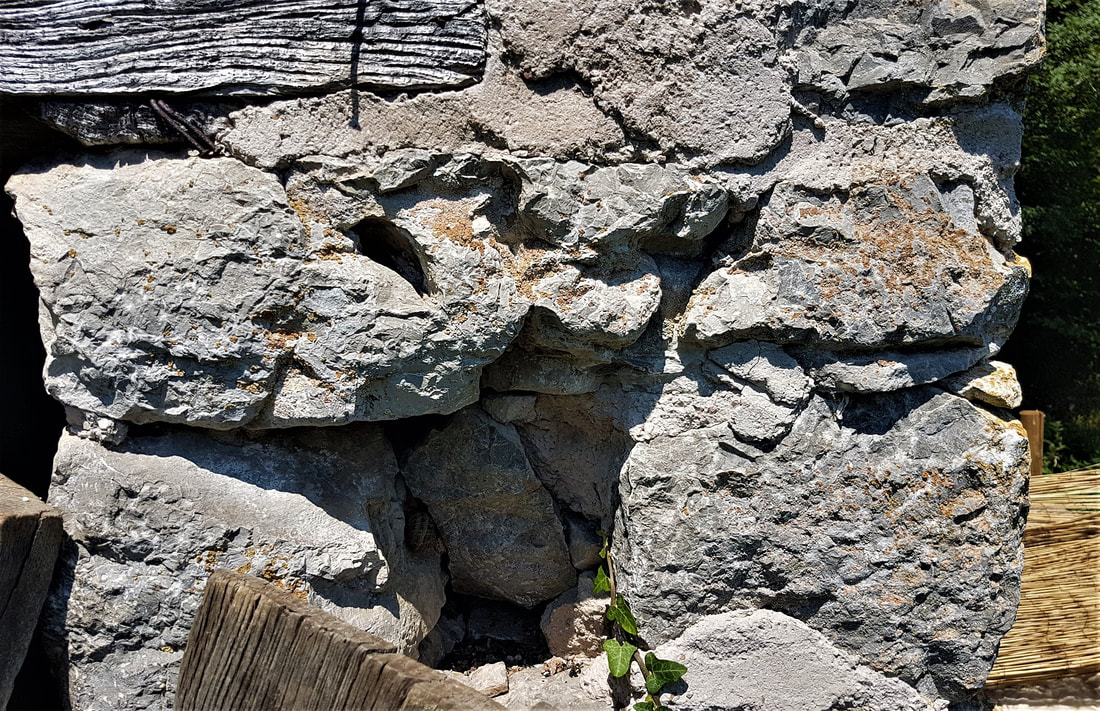

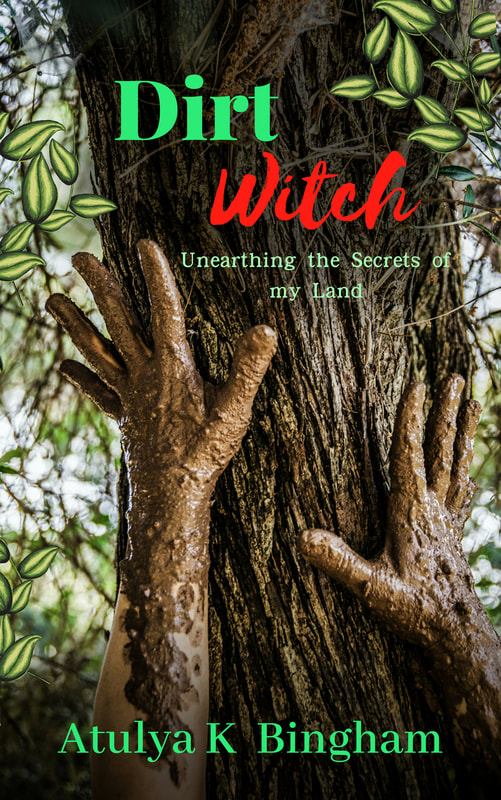
 RSS Feed
RSS Feed
